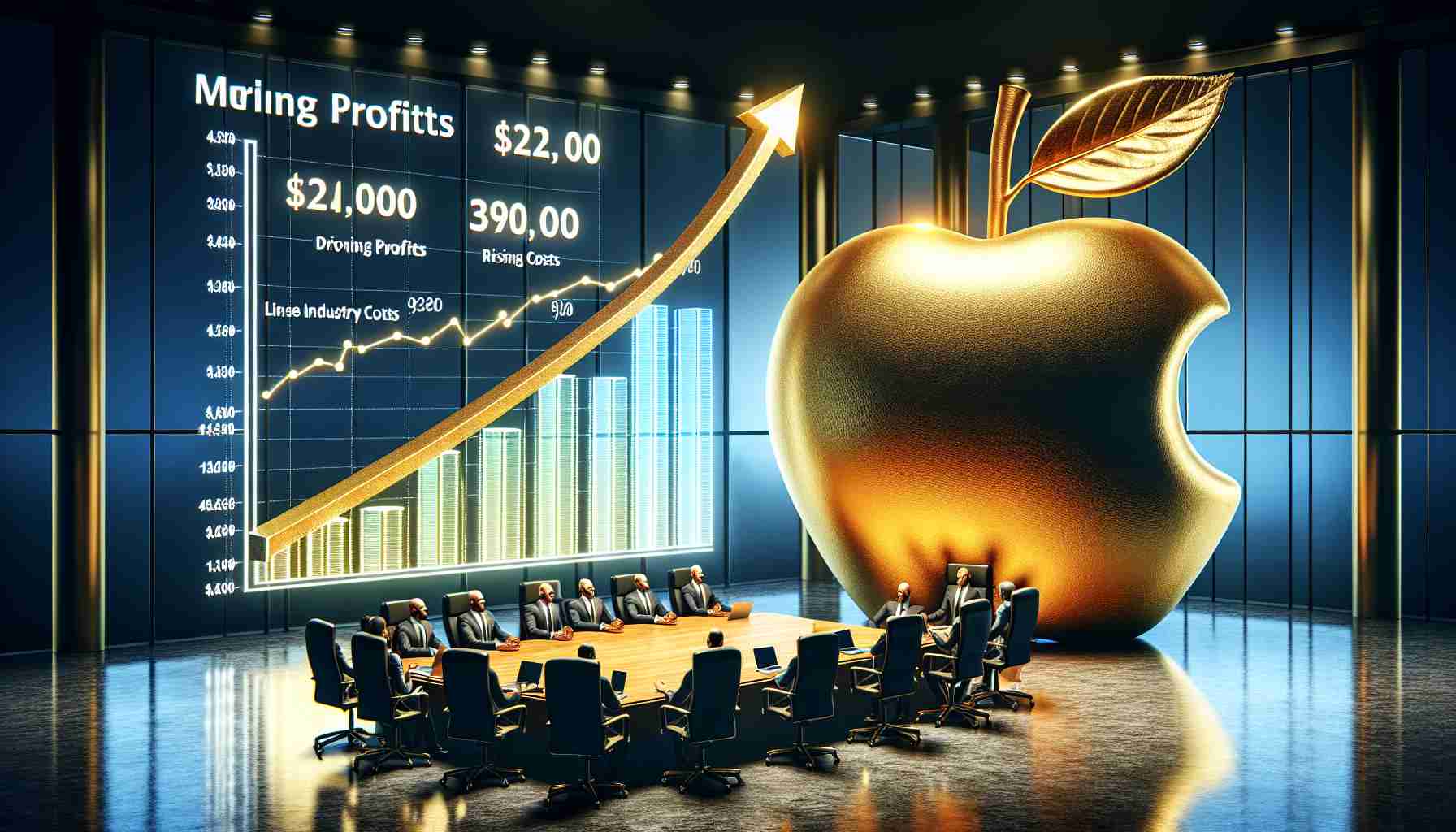Apple has long been renowned for its premium pricing, with the latest iPhones reaching staggering prices of up to $1,599. The company’s pricing strategies have been a key driver behind its significant profits, as highlighted by the Justice Department. However, a closer look at Apple’s tactics reveals a broader impact on the industry as a whole.
By charging exorbitant prices, Apple creates an air of exclusivity and luxury around its products. This approach has proven highly effective, attracting consumers who are willing to pay a premium for the latest and greatest gadgets. The company’s unique brand and sleek design also contribute to the perceived value of its products, further justifying the high price tags.
While Apple’s profits soar, its pricing tactics also have far-reaching consequences for its business partners and competitors. The company allegedly imposes charges on its partners, forcing them to increase prices in order to maintain their profit margins. This ripple effect extends throughout the supply chain, ultimately impacting the entire industry.
As Apple’s dominance grows, its pricing power strengthens, allowing the company to dictate terms to its suppliers and demand higher prices from consumers. While this may be advantageous for the tech giant, it puts smaller players in a difficult position. Competitors find themselves caught between a rock and a hard place, either succumbing to Apple’s pricing standards or struggling to compete on price alone.
Moreover, the increased costs passed onto consumers have a broader impact on the market, potentially discouraging innovation and limiting consumer choices. When premium products become the norm, affordability becomes a distant dream for many. This pricing dynamic perpetuates the cycle of high costs, limiting accessibility to cutting-edge technology.
In conclusion, Apple’s pricing strategies have undoubtedly contributed to its significant profits. However, the ramifications extend beyond the company’s balance sheet, impacting its partners, competitors, and the industry as a whole. The premium pricing model allows Apple to maintain its position as a market leader, but at the expense of affordability and competition.
The tech industry as a whole has been greatly influenced by Apple’s pricing strategies. The company’s success in charging high prices for its products has set a benchmark for other companies in the industry. As a result, many competitors have also adopted a premium pricing model, leading to an overall increase in prices across the market.
Market forecasts suggest that this trend will continue in the coming years. The demand for high-end smartphones and other gadgets remains strong, as consumers are willing to invest in the latest technology. As a result, experts predict that Apple will continue to dominate the market and maintain its premium pricing position.
However, there are also concerns about the long-term sustainability of this pricing strategy. While Apple has been successful in attracting affluent customers who are willing to pay a premium, there is a risk of alienating a significant portion of the market. As prices continue to rise, many consumers may be priced out of the market, leading to a potential decline in overall sales.
Additionally, the industry faces challenges related to the availability of affordable alternatives. As smaller players struggle to compete with Apple’s pricing standards, innovation may be stifled. Without viable alternatives at lower price points, consumers may have limited choices and be forced to either pay the premium or settle for outdated technology.
These issues highlight the need for a balanced approach in the tech industry. While premium pricing may be profitable for companies like Apple, it is important to also consider the impact on competition, innovation, and consumer accessibility. Market players will need to find ways to maintain profitability while also addressing these concerns in order to ensure a sustainable future for the industry.
For more information on the tech industry and related market forecasts, you can visit Statista or Gartner.
The source of the article is from the blog yanoticias.es
